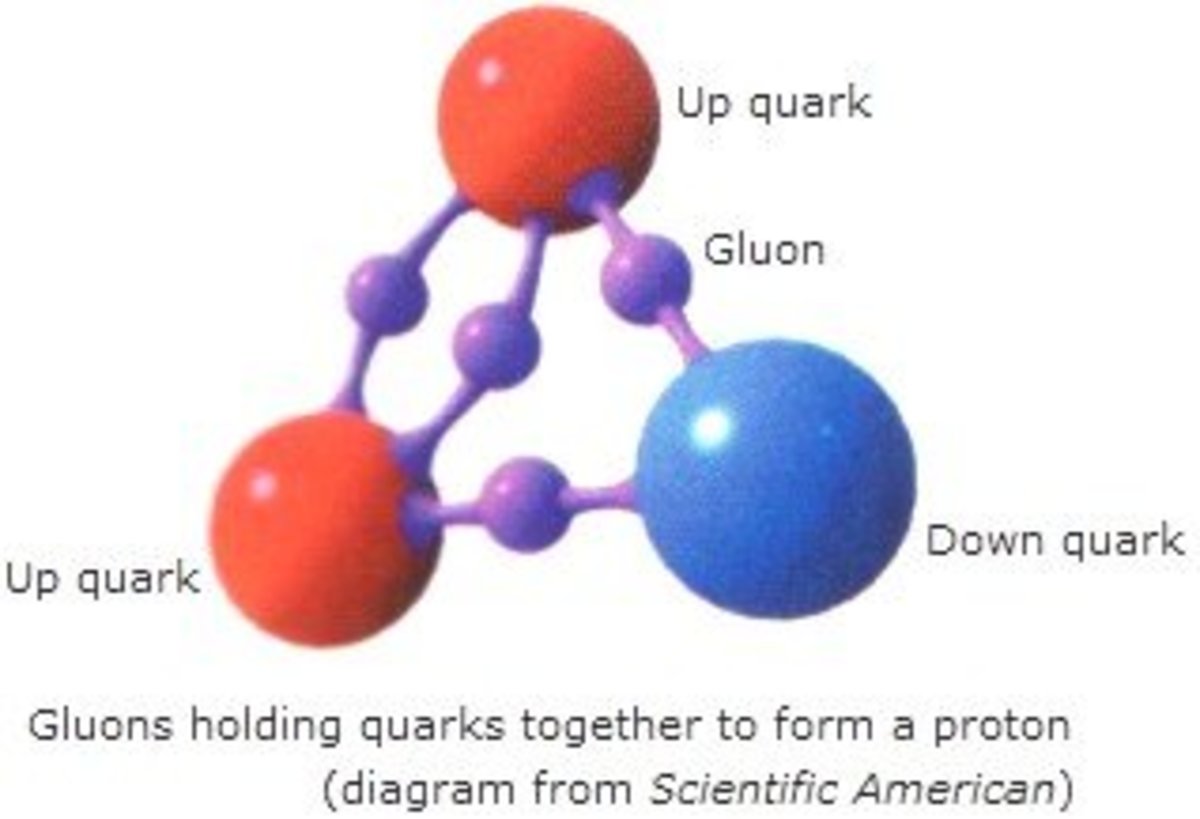- HubPages»
- Education and Science»
- History & Archaeology»
- History of the Modern Era»
- Twentieth Century History
MSU's FRIB: The Subatomic World Explored


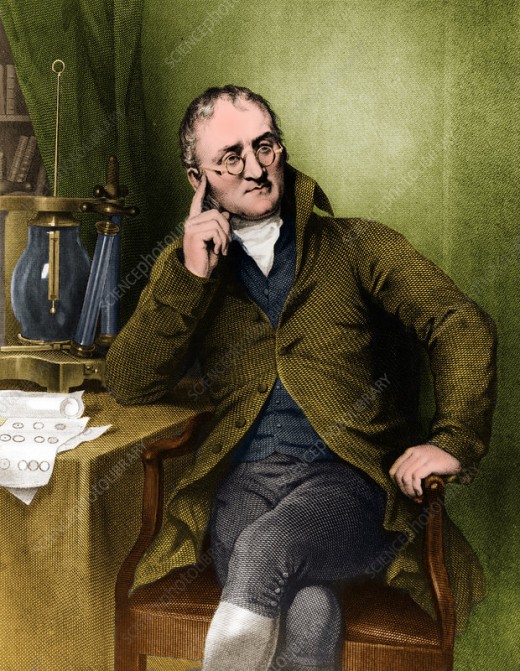
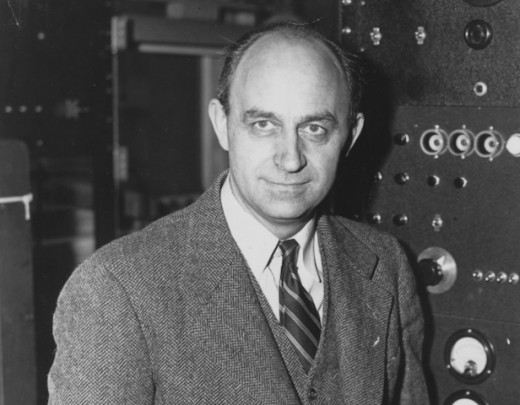
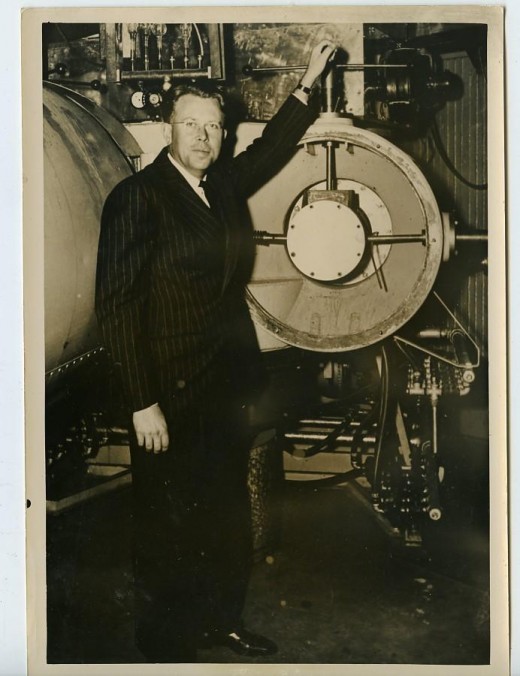
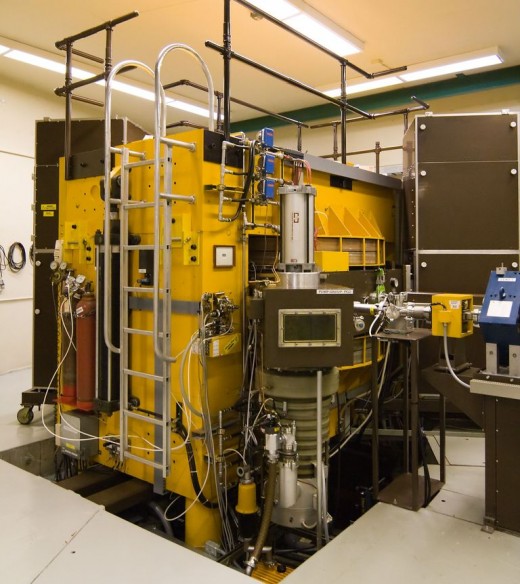
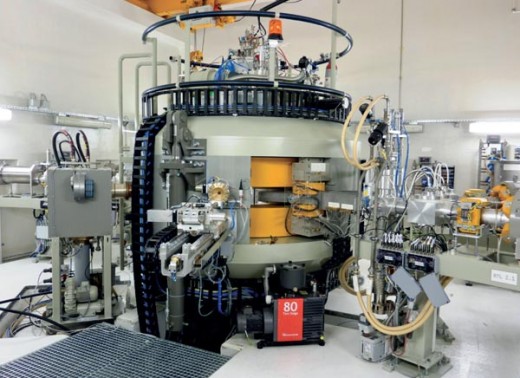

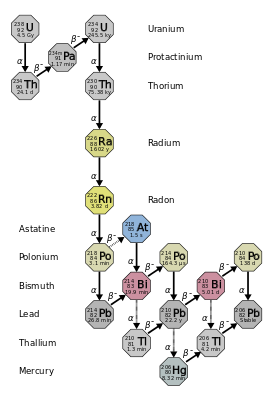

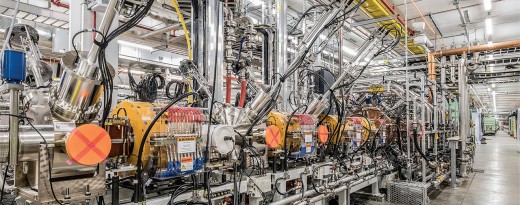
A Bold New Facility For Tomorrow's World
The Michigan State University Facility for Rare Isotope Beams (FRIB) will be, upon completion, one of a handful of similar research installations around the world concerned with the exploration and management of isotopic beams in advanced research. The culmination of many years of exhaustive planning and fund raising, it will help to further the understanding of humankind into the mysterious--and unimaginably small--world of gluons, leptons, mesons, quarks and neutrinos only identified and imagined in most recent times. Beyond the purely theoretical study of isotopes, there are practical applications to nuclear and materials science. It will certainly help place MSU on the map of this research and will also help boost the Lansing area as a center for cutting edge thinking and exploration in both pure and applied physics.
A Brief History of Atomic Thought and Research
The genesis of thought about atoms must be traced to the ancient Greeks, who were probably the first to give attention to the nature of matter. Such philosophers and protoscientist pioneers as Democritus and Leucippus seriously believed that there was one tiny, indivisible particle of matter to which all could be reduced. The train of thought was largely interrupted by the Roman Empire and the Middle Ages, where scientific research languished for a millennium and a half. The English chemist John Dalton helped to revive the Greek theories in the 1700's, but it really took until the 1800's to get the momentum back. By the early 1900's such giants as Ernest Rutherford and later Enrico Fermi had developed the basic architecture of the still mysterious atom, breaking it down into the nucleus, the positively charged proton, the negatively charged electron and the neutral neutron. After a time, there emerged evidence that there was still further reduction available, which led to the discovery of what might be called the sub-subatomic world, and that stretched the imagination of even the most seasoned physicists. At about this time, epic scale equipment became available, which introduced such phrases as "cloud chambers" and "atom smashing" to the popular vocabulary. Ernest Lawrence invented the Cyclotron during this period. Such large installations as the Fermi National Accelerator Lab in Illinois could generate and propel atoms like race cars around a vast circumferential ring measuring miles in distance, resembling the Indianapolis 500 let loose in a physics lab! The CERN project near Geneva was another example of this enlarged capacity. This, in turn, bred a new form of science, accelerator physics.
The MSU Cyclotron as a Precursor of FRIB
The MSU Cyclotron can be thought of as a preliminary facility paving the way for FRIB. It is the site of very advanced technology such as low energy neutron detectors. It is also the setting for upper level seminars and symposia on subatomic physics and meeting minutes are regularly shared with scientists around the world. Such research capacity naturally helped to gain a reputation for MSU as a venue for leading edge knowledge in this highly esoteric field.
Enter FRIB
The decision to go ahead with the FRIB project came after several years of careful thought. Slowly, a consensus for action emerged and even spread to political circles. Both current Senator Debbie Stabenow and former Senator Carl Levin backed the project, and proved their support through their voting in Washington. Certainly, the cost of FRIB will be no minor matter, with the estimated price tag currently estimated at approximately $730 million, assuming no serious cost overruns. The State of Michigan, Michigan State University and the U.S. Department of Energy will contribute toward the cost. Such a large capital expenditure must be justified, for example, by a cost-benefit analysis. On the applied physics side, FRIB will yield new benefits in nuclear medicine and will contribute to the American space program, when this country finally gets back into space--on hiatus since the winding down of the shuttle program in 2011. But perhaps more important than any short term practical benefit is the pursuit of pure knowledge, recalling the words of George Mallory when asked why he wanted to climb Mount Everest: "because it is there." If it is true that man is no longer the measure of all things--as he saw himself in the Renaissance--at least he has touched the face of the infinite and has held in his fragile hands a quantum of knowledge and power that define him as a special being. Completion is tentatively scheduled for June 2022.

